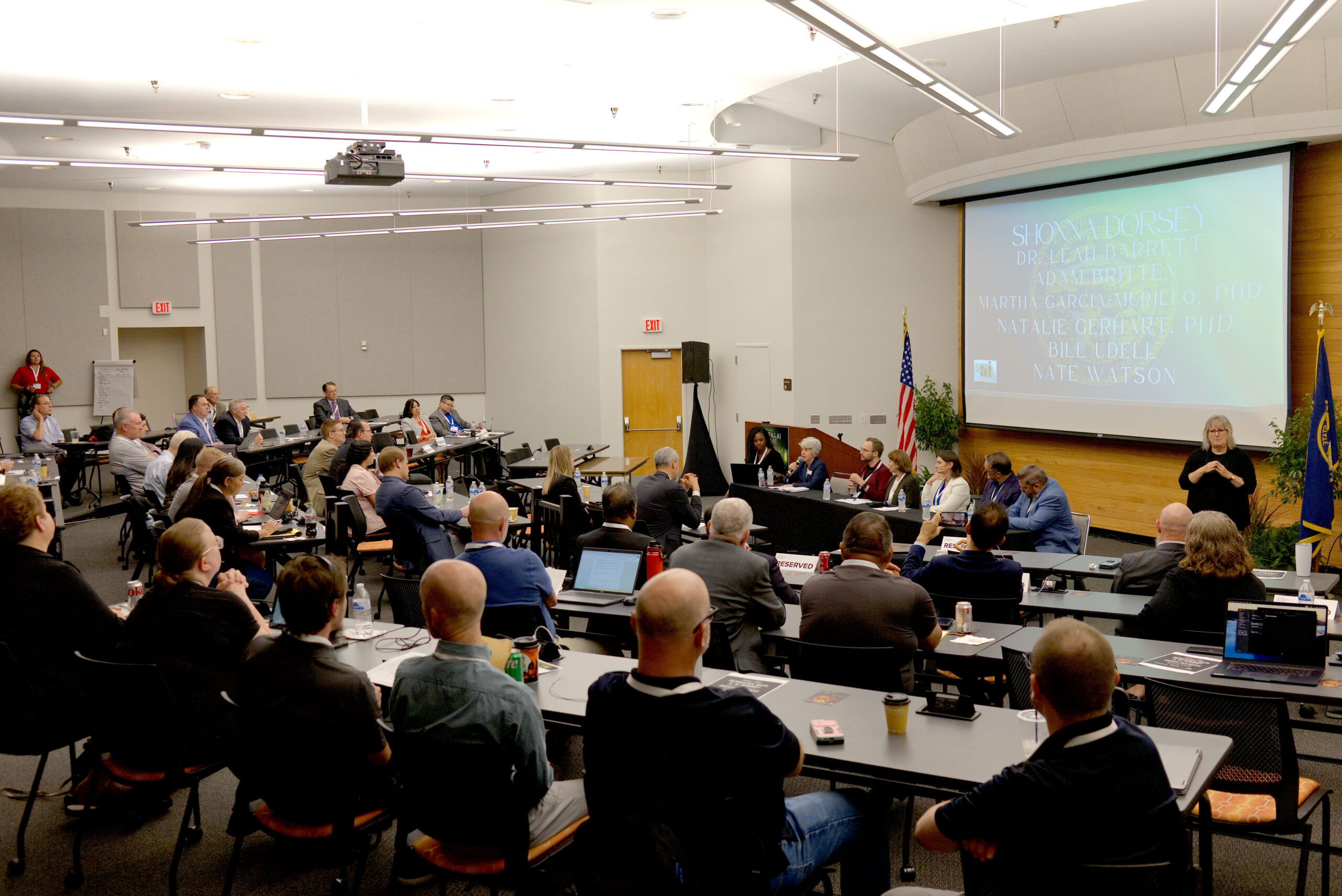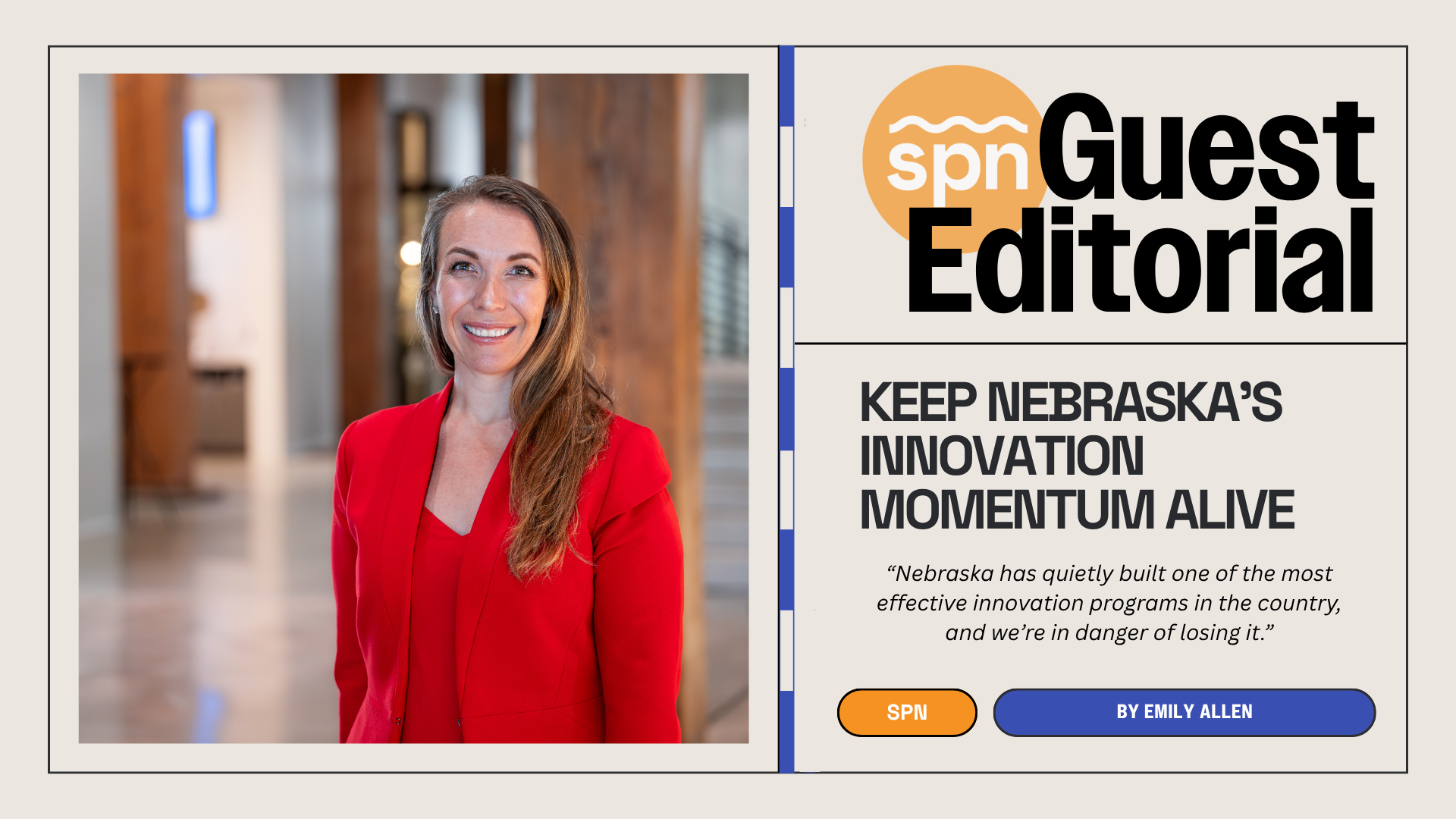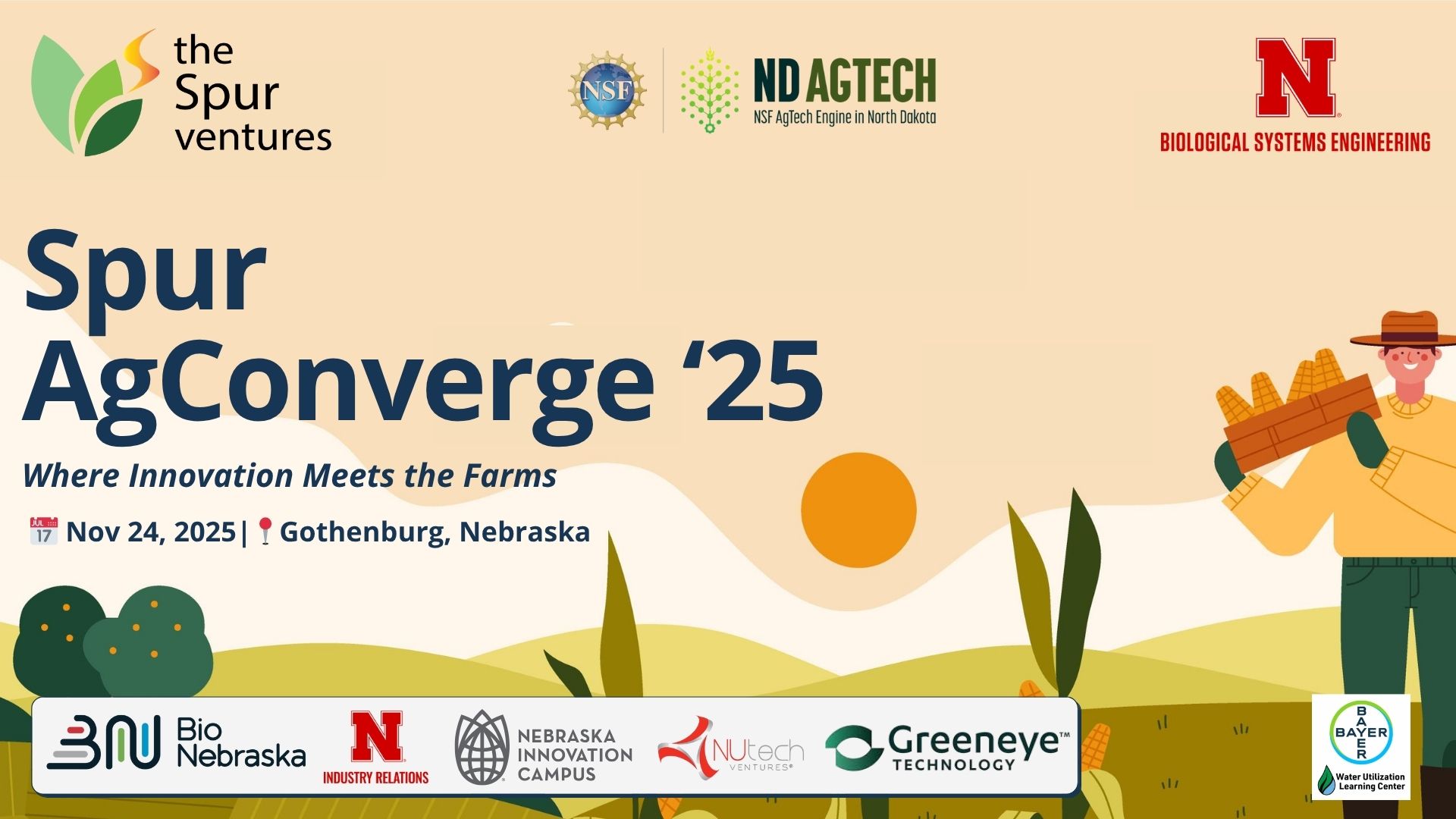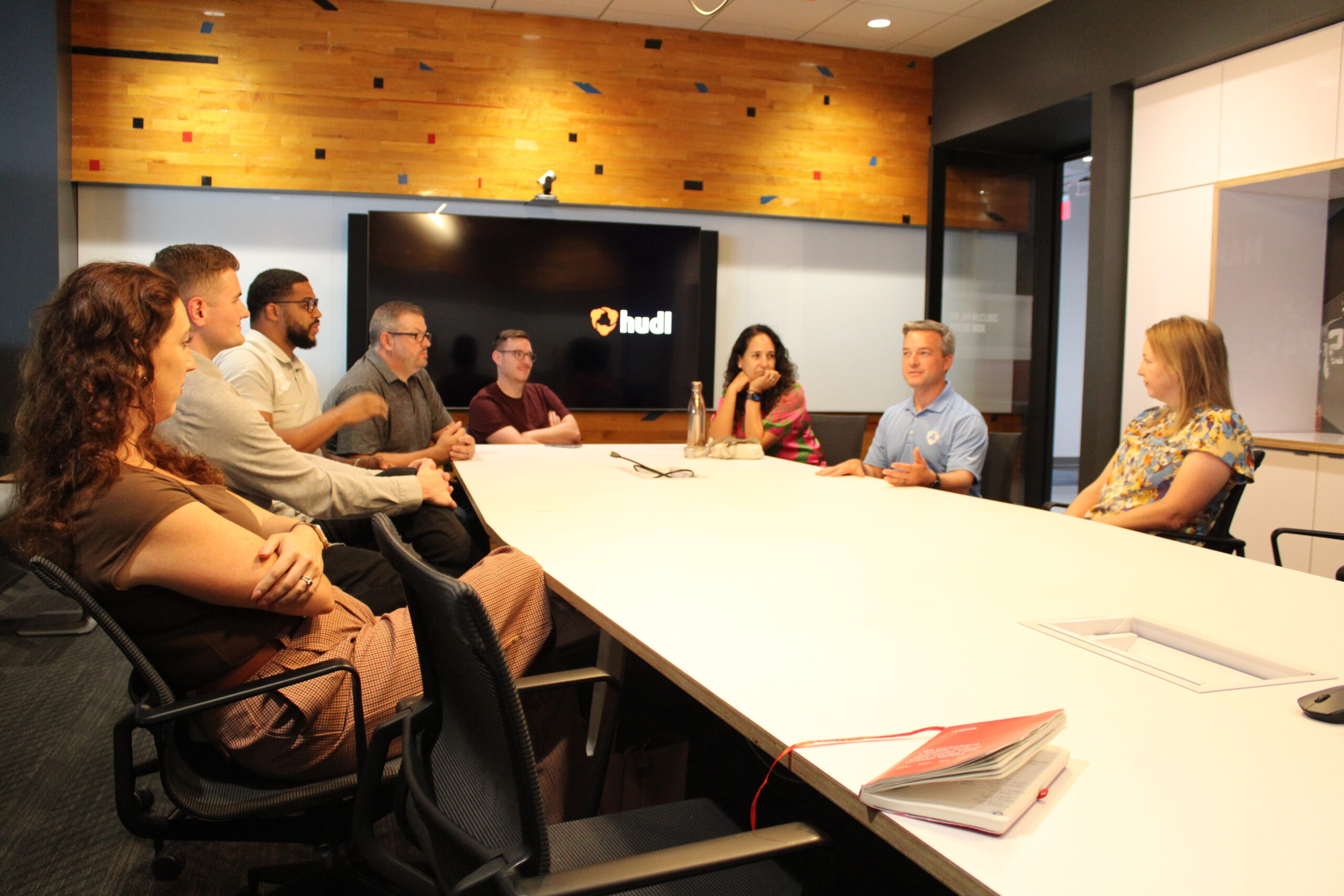Mailani Veney has spent years trying to get more federal defense spending allocated to Nebraska companies and entrepreneurs. As CEO of Kana Systems, a local AI data processing company and a longtime government contractor, she has seen the defense system up close — and its hesitance to invest.
At one point, Veney was told by defense officials, “when we buy or when we think of Nebraska, we don’t think of anything,” she said. “So that was my charge to arms.”
She thought about putting on a data and artificial intelligence summit, an idea that crystallized when she met Matt McCarville, the chief information officer for the State of Nebraska, at a Creighton University event. McCarville had been thinking about a similar idea, so the two got to work.
The result: The first Nebraska Data & AI Summit, held on Aug. 19 in downtown Omaha. Nebraska entrepreneurs and startups were joined by state and federal officials (including from the Department of Defense) to see live demos, talk about the quickly changing AI landscape and better understand how the government can use these developments.
“We wanted to show that, hey, Nebraska is a player, and we are the place to go for solutions,” Veney said.
Attendees included state legislators, U.S. Sen. Deb Fischer, U.S. Rep. Don Bacon and representatives of various colleges and universities from around the state. From the organizers’ perspective, the summit was a success, and likely will be put on again next year.
The government wants “to figure out, ‘How do we leverage these technologies?’” McCarville said. “We can buy it and put it on the shelf, but what do we do with it … Everybody in the Legislature wants to use AI. They don’t know what to do with it. So today was a lot of use cases. It was a lot of good ideas.”
Silicon Prairie News attended a panel at the Data & AI Summit titled “Building Nebraska’s Data & AI Workforce Pipeline.” Here were the top five takeaways:
The human element is certainly not going away
Panelists emphasized that in an age of AI, soft skills — knowing how to communicate and work with people — is essential for all workers. At its best, AI is meant to help people and enable them to work better. To make full use of it, and be cautious of any risks, workers have to be aware of the interpersonal nature of AI.
“We think about builders and users,” said Natalie Gerhart, a professor at the Heider College of Business at Creighton University. “A lot of those students aren’t going to be builders, they’re going to be users … and so it’s really important for us that we’re training the marketing, the finance, the accounting, the management students as well how to be good users of AI.”
From fingers on keyboards to traditional engineering
The classic software engineer or computer scientist role of plugging away at code to ship products will be going away. Instead, the job will be more like other fields, where engineers make plans for a product that enable others (in this case, AI tools) to create and ship. Tomorrow’s software engineers will have to be more focused on management and building for people’s needs, as opposed to solving specific code problems.
“We’re about to see an entire industry that’s got to pivot and behave a lot more like a traditional engineer,” said Bill Udell, chief operating officer at Don’t Panic Labs. “As you think about traditional engineering school, it’s going to be … a lot less features, a lot more of that human interaction, a lot more of that behavioral design.”
More need for upskilling workers
As AI becomes commonplace across industries, there will be a greater need to redevelop the workforce. If older workers can’t be retrained, that will devastate people’s livelihoods. But it will also reduce the talent pool for technology in the AI age.
People from various backgrounds, including underrepresented groups like women, veterans and minorities, may not have seen themselves in the tech field when first building a career. But now they have the soft skills needed to be successful with AI, and they just need a boost.
“They have been biologists and zoologists and chemists and all kinds of crazy things that make you think, ‘Oh, they could never make good AI engineers,’” said Nate Watson, executive chairman of the Omaha Data Science Academy. “Oh, but they can. They have amazing business knowledge that gives them the ability that, if they just get a small skill upgrade, they’re back in the workforce.”
Upskilling is also essential in powerhouse Nebraska industries like agriculture and manufacturing, as that work becomes more infused with tech. Unless taught, farmers and other workers won’t be able to leverage new tools. That’s something Northeast Community College in Norfolk is focused on.
“How are (workers) able to understand what they’re learning from their combines, their tractors, their planters, their sprayers, etc, and you recognize that that data is going to help them make better decisions,” said Leah Barrett, the college’s president.
Industry and academia have to work closely together for success
Panelists made the call for industry to offer more internships and other opportunities for college students. In a highly competitive environment, and while AI is still in an early stage of development, the sooner students are exposed to different real-life applications of AI and potential careers, the sooner they can be effective in the workforce.
“We all need to be as proactive as we can be on the research front, in the admittedly constrained and difficult environment, to bring in the money that we can, the products that we can and invest in our students … to really further those skills,” said Seth Polsley, a professor at the Jeffrey S. Raikes School of Computer Science and Management at the University of Nebraska-Lincoln.
“I would love to have all of our graduates leaving with the skill knowledge that they are absolutely top competitors with everyone coming out of Silicon Valley in all those spaces,” he said.
The pipeline with K-12 students has to be improved
Panelists highlighted programs for high school and middle school students, like summer coding and AI bootcamps. But there’s still much work to be done to inspire the next generation of Nebraskans to get involved in data and AI careers.
“A challenge for all of us is, how do we convert random acts of STEM in the K-12 level to be more integrated, to build on each other, to really connect kids that start in one little camp and forget about it for the rest of their lives,” said Martha Garcia-Murillo, dean of the College of Information Science & Technology at the University of Nebraska at Omaha.
Lev Gringauz is a Report for America corps member who writes about corporate innovation and workforce development for Silicon Prairie News.



